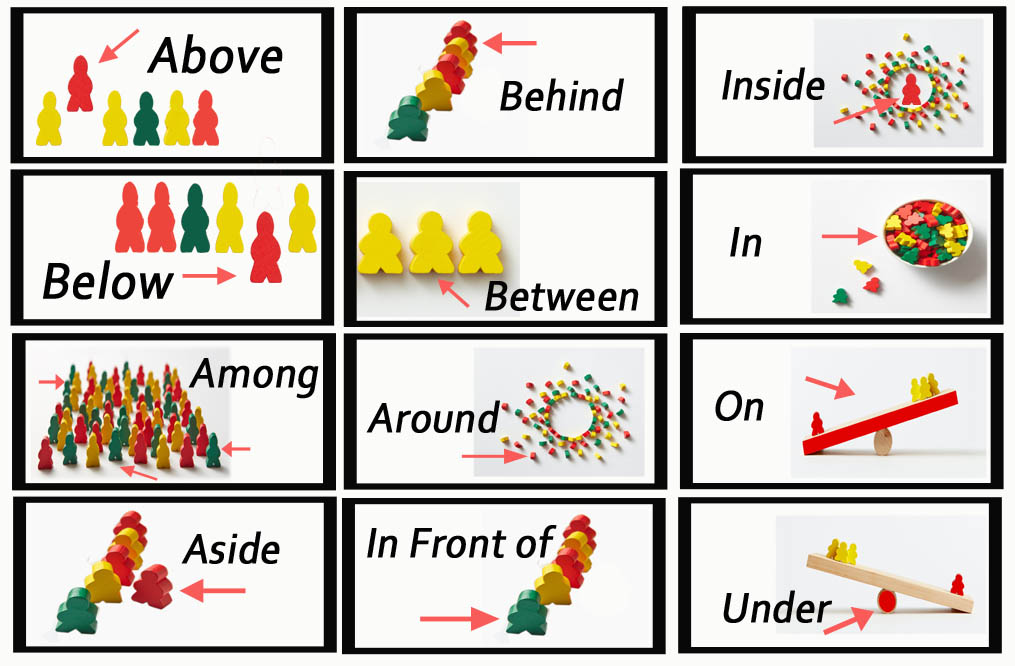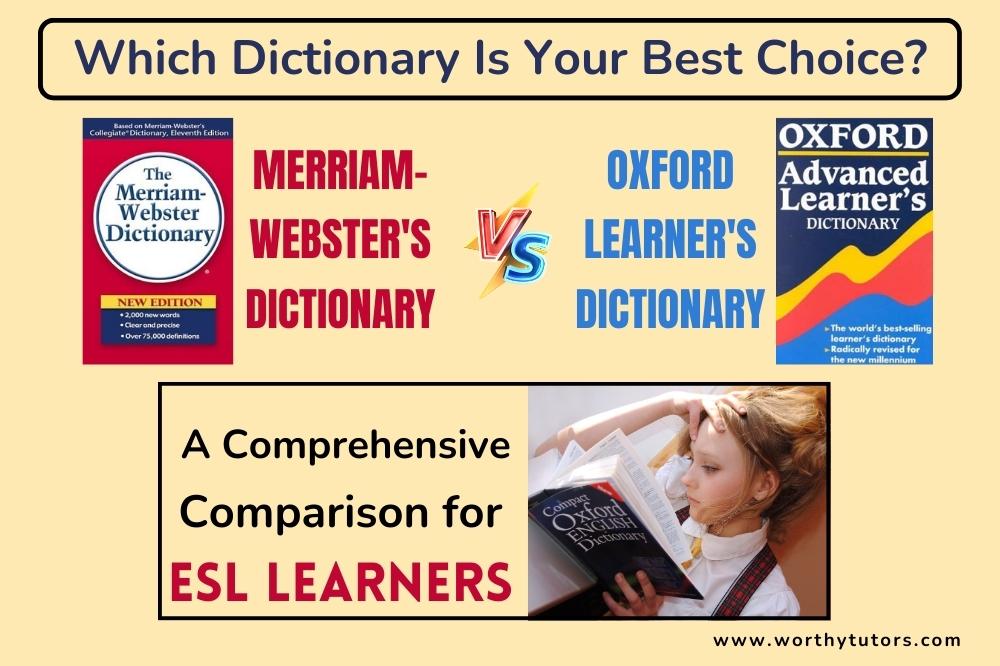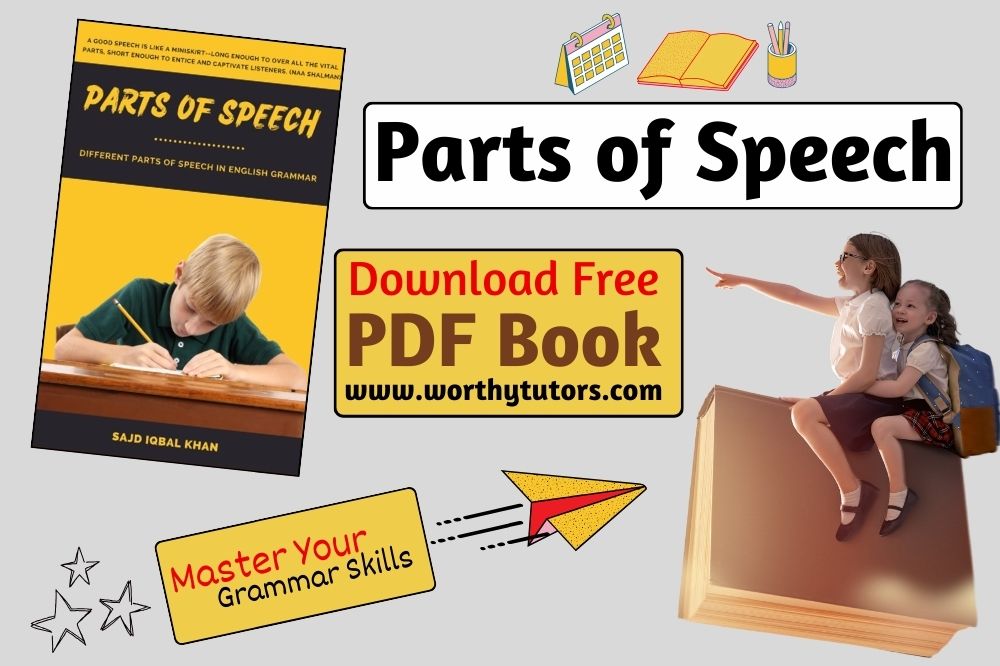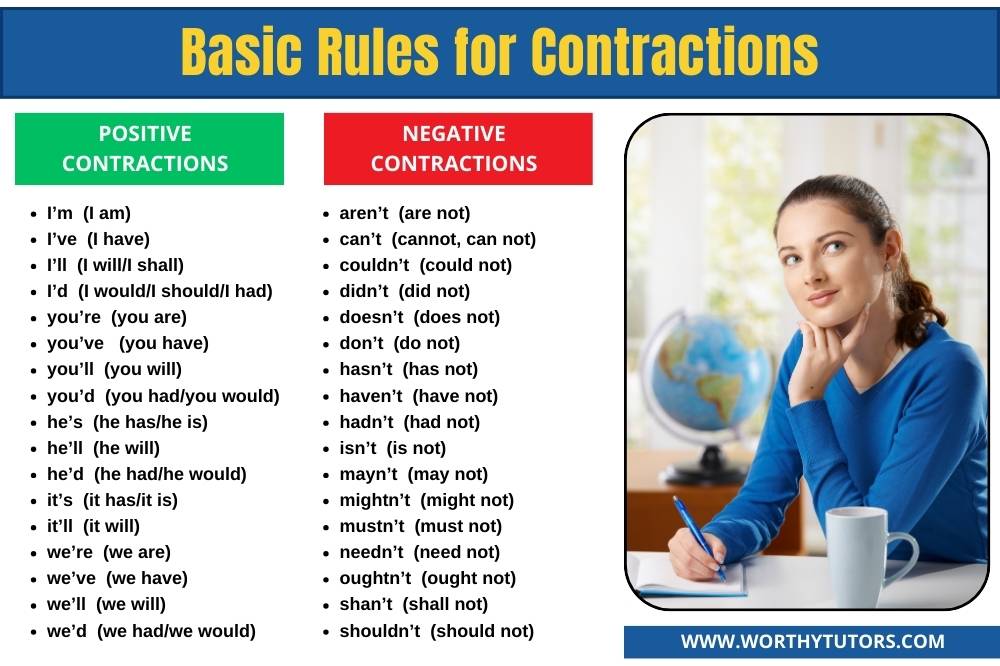
Prepositions in English | Types of Preposition
WHAT ARE PREPOSITIONS?
Prepositions are small words which are used to link nouns, pronouns or phrases to the verbs in a sentence. The word pre means before and position means to place in a certain place. This helps us with remembering that prepositions are always placed before a noun or a pronoun in a sentence. Here are a few examples of prepositions for your reference.
· Leonard fell “on” the floor.
· The script was divided “among” a group of singers.
· Do not poke your nose “into” other people’s businesses.
• RULE FOR USING PREPOSITIONS
The following rules should be kept in mind while using prepositions in your sentences.
· Correct prepositions must be used. For example, the preposition in, if replaced with the position on, changes the meaning of the entire sentence. The meaning of “Put the books in the box” is different from “Put the books on the box”.
• DIFFERENT TYPES OF PREPOSITIONS
The prepositions are then divided into different categories based on their use, i.e
· Prepositions of Time
· Prepositions of Place
· Prepositions of Movement
We shall now discuss the different types of prepositions one by one in the article ahead.
1. Prepositions of Time
The prepositions of time tell the audience about when something happened, happens or will happen. The basic prepositions of time are in, on, at, before and after.
In
We use the preposition “in” for months, seasons, years, centuries and different times of the day. For example,
· I will be leaving for Egypt “in” November.
· The Somkey mountains turned into a winter wonderland “in” winters.
· Queen Victoria ruled England “in” the 19th century.
· Samuel was born “in” the year 1992.
· I will go to the market “in” the afternoon to buy shoes.
Note: Night is exempted in this case. We use the preposition “at” for night. For example,
· He rang the doorbell late “at” night.
On
We use the preposition “on” for days, dates and specific holidays. For example,
· The test will be taken on Tuesday.
· St. Patrick’s Day is celebrated “on” 3rd of July.
· Helen will be going home “on” Christmas Eve this year.
At
We use the preposition “at” for time and festivals. For example,
· The bus arrives “at” 12 in the afternoon.
· Families spend time together, forgetting about all their problems and concerns “at” Christmas.
Before and After
We use the preposition before to indicate when something has happened. They are always used in relation to another thing. For example,
· Alex made the argument clear “before” I could say something.
· George and Ali left the club “after” the party was over.
2. Prepositions of Place
The prepositions of place indicate the position of a noun or a pronoun. The most common prepositions of places are “on”, “at” and “in”.
On
The preposition on is used when something is with a surface. For example,
· The book is on the shelf.
· The painting on the wall is breathtaking.
· There are a lot of different options on the menu.
In
The preposition in is used when something is inside confined boundaries. For example,
· I have hidden the gift in the box.
· They gathered together in the office.
· Laila put the cookies in the jar.
At
The preposition at is used to refer to a specific point. For example,
· Ali is standing at the door.
· He was pointing at the dark corner of the room.
Other prepositions of places include under, over, outside, inside, above and below. For example,
· The cat is “under” the table.
· Spread the cloth “over” the table.
· I am going “outside” the house for a while.
· Lisa came “inside” the room while we were discussing her surprise birthday party.
· Hang the clock “above” the photo frame.
· A percentage “below” 50 percent is considered as failure.
3. Prepositions of Movement
The prepositions of movement indicate how something has moved from one place to another. Some of the basic prepositions of movement are to, into, and through.
To
The preposition “to” indicates the movement of something or someone towards a specific place. For example,
· This train goes to London.
· I have sent a letter to the marketing manager.
· Kara has built up her biceps by going to the gym five days a week.
Into
The preposition “into” refers to moving or looking inside something. For example,
· Sasha went “into” the room.
· Do not peek “into” other people’s phones without asking for their consent.
Through
The preposition “through” is used to indicate a movement directly inside something and out the other way. For example,
· The train went “through” a tunnel.
· The bullet went “through” the glass.
You Might Be Interested In
- Parts of Speech in English Grammar
- Punctuation Marks in English Grammar
- What are Modal Verbs? Types and Examples
- Types of Affixes in English Grammar
- Definition, Examples, and Types of Clauses
- Gerund, Verbal Noun &Present Participle
- Content Words Vs Function Words
- 50 Basic Rules of Grammar
Merriam-Webster’s / Oxford Learner’s


